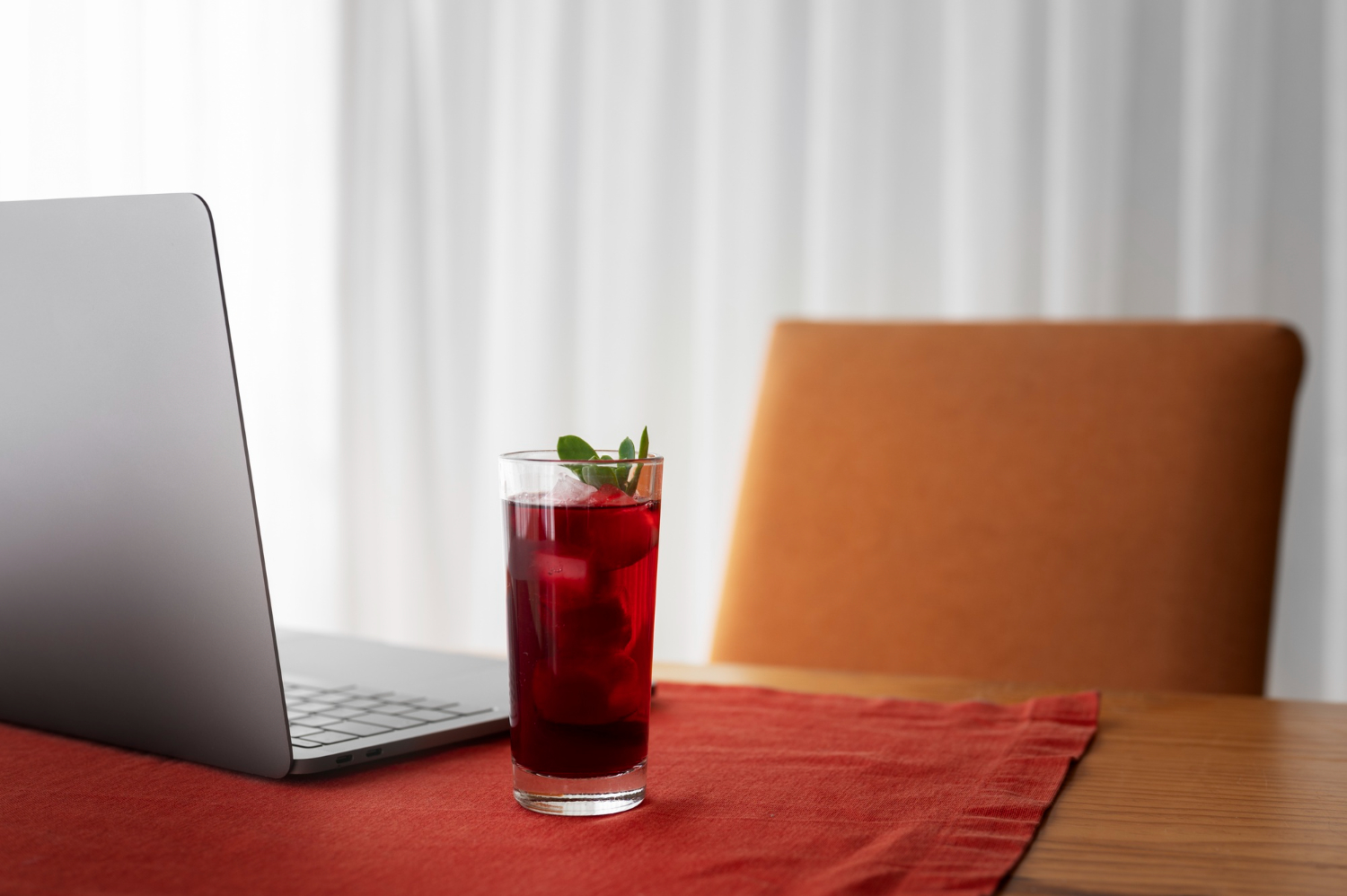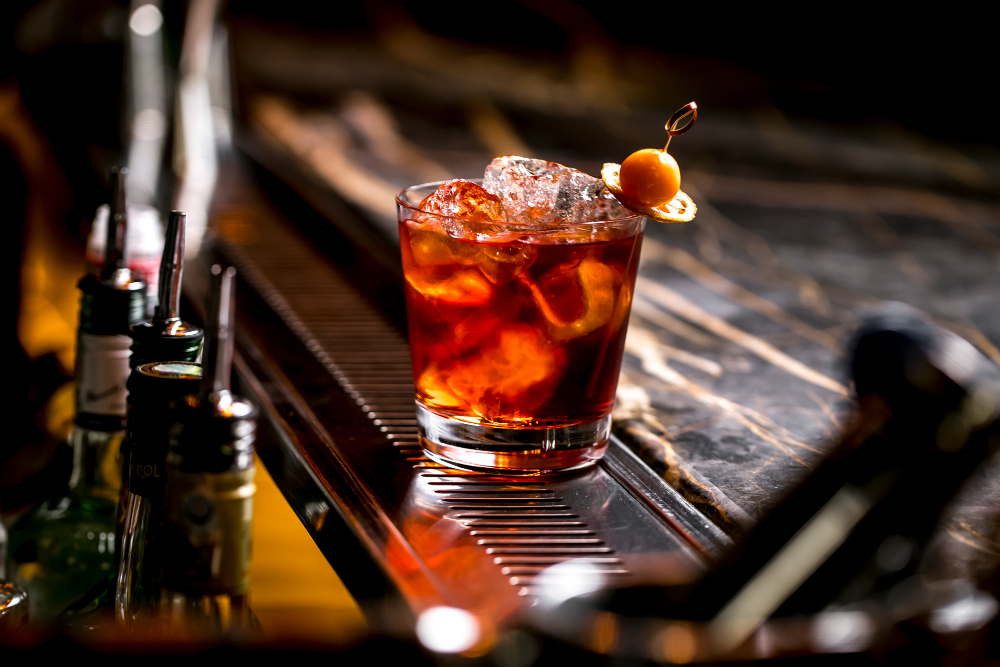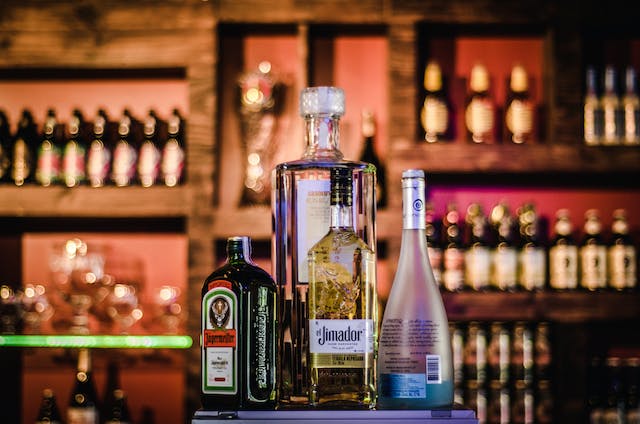
Alcohol ecommerce growth moderates, but still set to outperform overall market
Value of ecommerce to increase by $7.5bn over the next five years across key markets, to reach nearly $40bn by 2027
New findings from IWSR’s ongoing assessment of the alcohol ecommerce channel shows that beverage alcohol ecommerce is entering a period of normalisation following the Covid boom and subsequent post-pandemic correction, with sales in the world’s leading 16 markets expected to grow at a slower pace to reach just under US$40bn by 2027.
That represents a 2022-27 value CAGR of +4.5% – compared to the +31% CAGR recorded between 2019 and 2021. Nevertheless, this growth is expected to outpace that of total beverage alcohol across the 16 markets (on-trade plus bricks-and-mortar off-trade plus ecommerce), which is expected to see a value CAGR 2022-27 of under 2%.
The findings in the IWSR Ecommerce Strategic Study 2023 forecast that overall ecommerce value share of total beverage alcohol (TBA) will stabilise at around 4%-4.5%. Previously, the share figure had risen from 2.1% in 2018 to 3.7% in 2021.
“After the pandemic boom, ecommerce value saw a slight correction in 2022 (-2%) as restrictions in most markets were removed and shoppers returned to the on-trade and to bricks-and-mortar stores,” says Guy Wolfe, Head of Ecommerce Insights, IWSR. “In the near term, online growth will pick up but remain depressed by a weak macro-economic outlook, before a return to steadier growth from 2024.”
According to the findings, while 24% of alcohol buyers in 2022 said they had made online purchases in the past six months, in 2023 that figure declined to 17% – accompanied by an increase in the use of physical supermarkets/grocers, and the on-premise.
But, for those who still buy alcohol online, frequency has increased across all markets, although the pace of growth here has diminished compared to prior years. The exception is China, where online purchasing frequency is still accelerating, thanks in part to the lingering impact of Covid restrictions on the supply chain.
“In the post-Covid environment, the behaviour of alcohol buyers is evolving in different directions,” says Wolfe. The overall proportion of consumers shopping online is down, but those who continue to do so are increasing their frequency.
“This indicates that the channel is shedding ‘transient’ users who only adopted it out of necessity during the pandemic, but also maintaining or even gaining appeal among ecommerce loyalists.”
While more modest growth is now expected to come from online alcohol sales in the future, with a corresponding return to more traditional purchasing channels, ecommerce should nonetheless remain a key priority for brand owners.
“Online sales value is still forecast to outperform TBA to 2027. Furthermore, consumer research conducted by IWSR in Q3 2023 confirms that the digital space is a crucial source of information, influence and engagement for buyers across all channels,” says Wolfe.
“Ecommerce therefore remains a key element within the big picture of total value.”
Other findings from the IWSR Ecommerce Strategic Study 2023 include:
— China, the US set to drive future value growth
China and the US remain the biggest drivers of absolute value growth for alcohol in ecommerce. While China will generate more value due to its larger base, growth forecasts for the US have been lowered as the weak macro environment accelerates a return of pre-Covid buying habits.
“A large proportion of absolute value growth in ecommerce alcohol is expected to come from China and the US, but leading online sub-channels in other markets such as Brazil, Australia, Japan and Mexico will contribute too,” says Wolfe. “Some of the fastest development will be seen in Latin America.”
Ecommerce alcohol sales in China and the US are forecast to record a 2022-27 value CAGR of +6%, outstripped in growth terms (but off a much smaller base) by Brazil (+8%), Mexico (+16%) and Colombia (+10%).
China’s value share of ecommerce alcohol will increase from 39% in 2022 to 40% in 2027, ahead of the US, which is set to rise from 20% to 22%. Meanwhile, Brazil will overtake Japan to become the fourth-largest value market, but the UK’s value share will decline from 12% to 9%.
— Value remains vital
Amid ongoing economic uncertainty, value-seeking behaviours are persisting in ecommerce.
In terms of motivations to purchase, stocking-up continues to gain in significance while treating declines. Meanwhile buying in bulk remains in evidence, though to a lesser extent than previously.
“With continued pressure on disposable incomes and ecommerce shoppers in most markets demonstrating greater price sensitivity, it is more important than ever for brand owners to offer strong value propositions in the online space,” says Richard Halstead, COO Consumer Insights, IWSR.
“This does not necessarily mean discounting, however, and can instead entail offering consumers a solution, such as free delivery, or a reason to treat themselves, such as limited-edition products.”
— Categories: rise of beer and agave
Spirits’ share of ecommerce alcohol has recovered from its pandemic dip and is now expected to stabilise, while beer is expected to expand the fastest, largely stealing share from the more mature and lower-growth wine category.
IWSR forecasts show that beer’s ecommerce sales will expand at a value CAGR of +8% between 2022 and 2027 – thanks in particular to growth in China, the US, Brazil and Mexico – compared to spirits at +5% and wine at +1%.
Spirits gains will be spearheaded by agave and whisky in the US, and brandy and whisky in China, with whisky remaining the leading category – but agave is growing rapidly, and poised to overtake gin.
“Investment by the brewers is now generating strong ecommerce beer growth but, with the category still under-indexing compared with its share of the total market, significant further potential remains,” says Wolfe.
“The rise of agave-based spirits in ecommerce is mainly being driven by the premium-plus price band in the US, where the category has been booming in the wider market. But other countries are now forecast to record rapid growth in the future.”
— Online alcohol shoppers over-index in pre-purchase research
Online alcohol shoppers spend significantly longer carrying out pre-purchase research than those buying in bricks-and-mortar retail or the on-premise according to IWSR consumer findings (surveyed in Q3 2023).
On average, online shoppers are roughly twice as likely to take a lot of time to research products before completing a transaction than shoppers in physical supermarket/grocery stores – but there is significant local variation behind this general trend.
“The extent of pre-purchase research, the sources used and the information sought varies greatly by market and demographic”, says Halstead. “It is therefore crucial that brand owners tailor their content and forms of digital engagement accordingly to ensure they have maximum impact.”
Note:
The IWSR Ecommerce Strategic Study 2023 surveyed 10 core markets and six secondary markets, which together account for 90% of global ecommerce alcohol sales. Consumer research was carried out in the 10 core markets.
Core markets: Australia, Brazil, China, France, Germany, Italy, Japan, Spain, UK, US
Secondary markets: Canada, Colombia, Mexico, Netherlands, Nigeria, South Africa
image: Freepik



